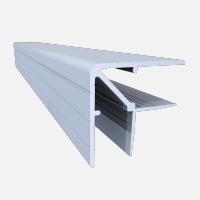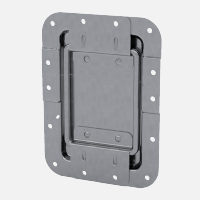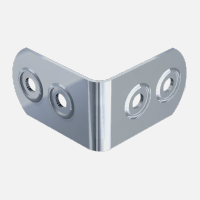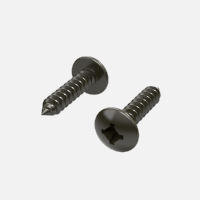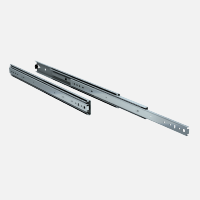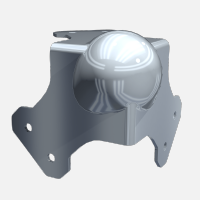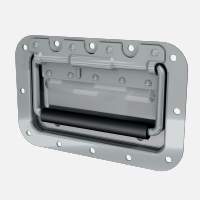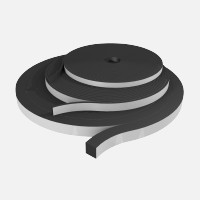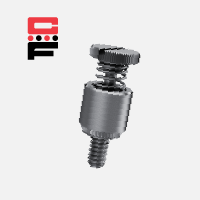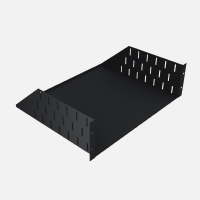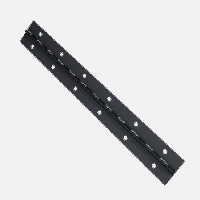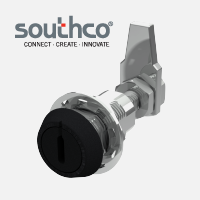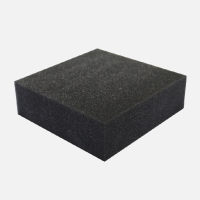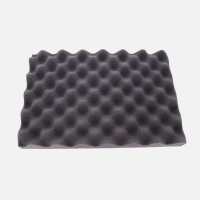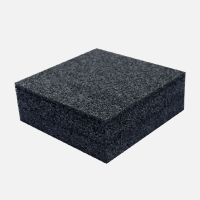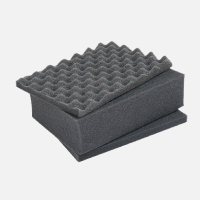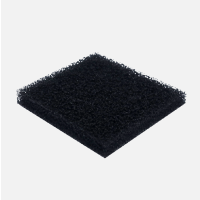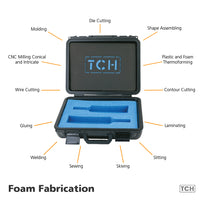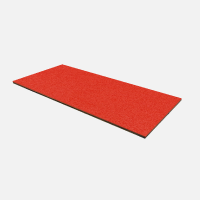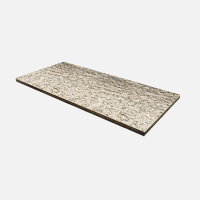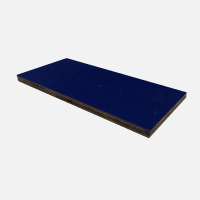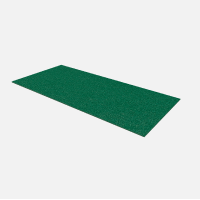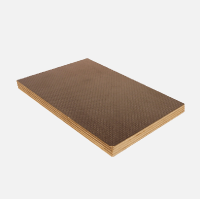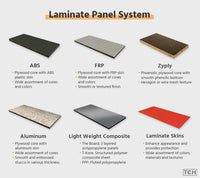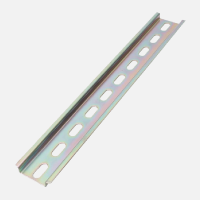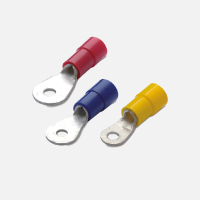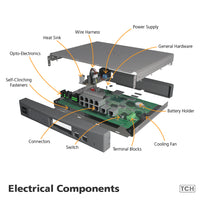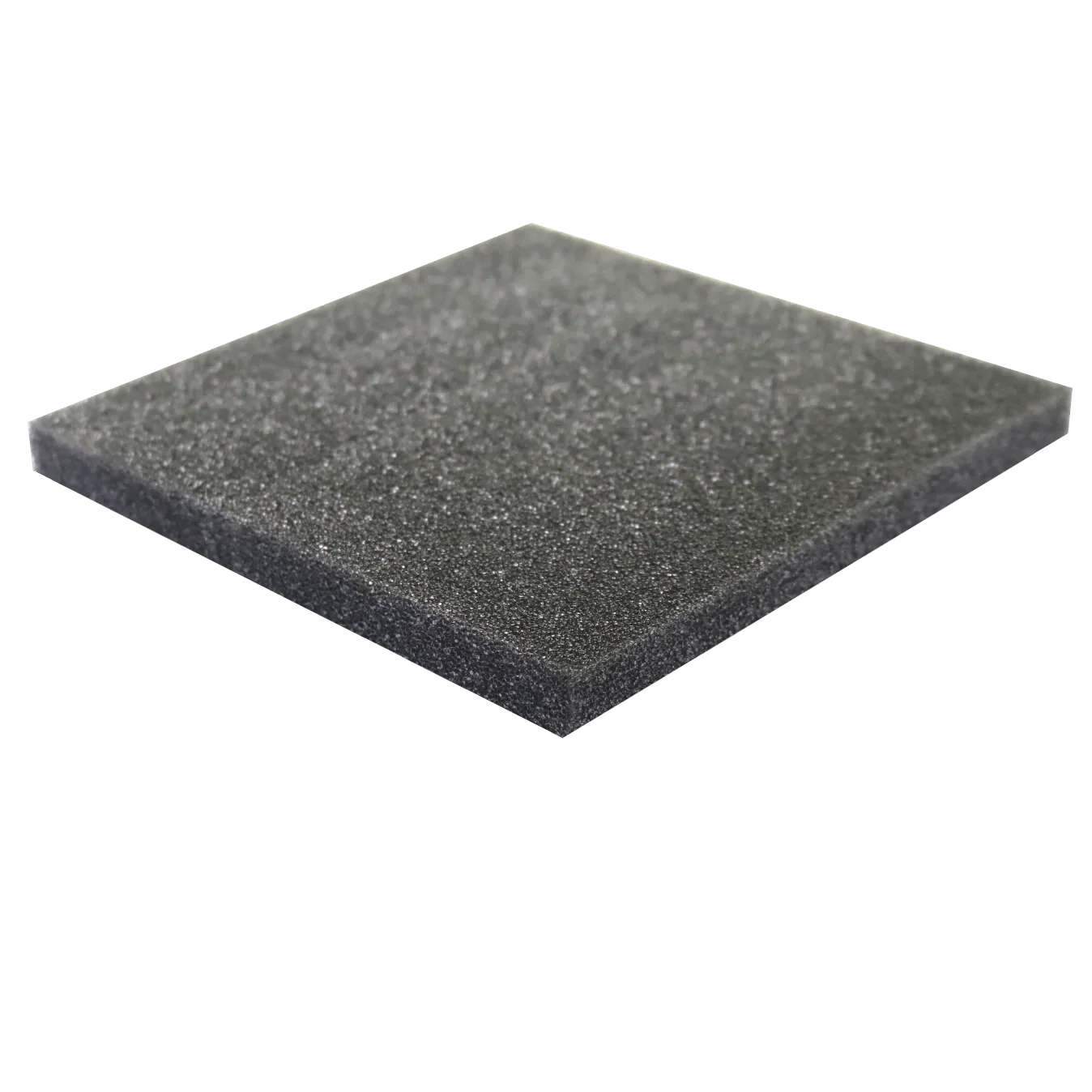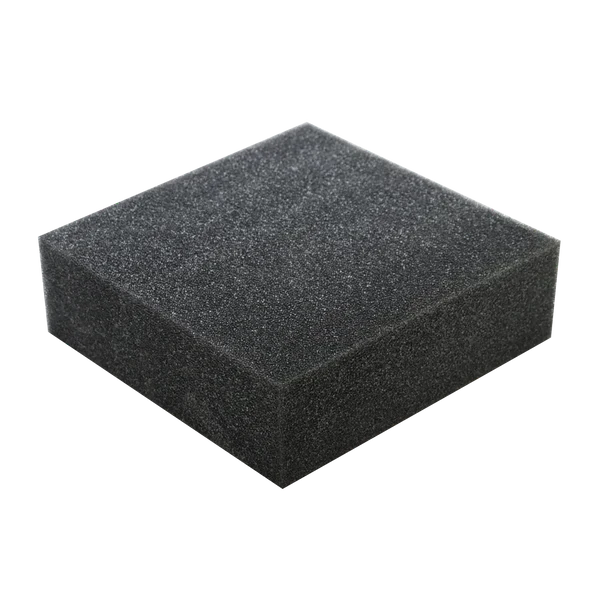Companies are constantly looking for ways to better ship their products. Damaged goods during shipping can be costly and create a problem with lasting customer relationships. So, how do companies better protect their products during shipping? One way is by utilizing custom foam fabrication inserts. Foam offers protection but tightly surrounding products during the shipping process with a protective layer of foam.
High-Quality Foam While safely transporting goods is one benefit to using custom foam fabrication products to protect items, there are more.
- Product Protection
- Affordable Cost
- Professional Appearance
- Branding
Product Protection
Foam can protect products during packaging and shipping. Particularly fragile items should be cushioned with foam to absorb shocks and falls during the shipping journey. Even the toughest impacts can be addressed with specially designed foam protection.
Affordable Cost
One of the most affordable shipping material, lightweight foam is easy to manufacture and customize to your needs. It is one of the most cost-effective measures to take to ensure products safely ship and arrive undamaged.
Professional Appearance
When customers open your shipping containers are they going to be impressed or disappointed? With custom foam products, customers will be impressed by the professional appearance of your packaging. When customers see the foam packaging around their recently purchased product, they will know you care about how the product is shipped. The positive customer experience will help them to seek you out again and again.
Branding
By choosing a particular style or color to the foam packaging, it becomes easy to help brand your company. Customers might come to know your brand by the bright color chosen.
Types of Foam Packaging
There are many different types of foam to choose from. Each type has unique characteristics and various applications to meet your packaging needs.
- The types are listed below:
- Polyurethane (PU)
- Polyethylene (PE)
- Anti-Static
- Convoluted Foam
Polyurethane
This is one of the most versatile types of foam. It is soft, flexible and easy to fabricate into shapes. It can absorb shocks easily and return to its original shape. Polyurethane foam is an open cell foam with a soft compression. It is also an excellent foam memory. It can be easily shaped and manipulated with a high tensile strength to hold fragile items securely.
Polyethylene
This is a denser foam than polyurethane and is highly resistant to moisture. Polyethylene is a structural foams for industrial uses. It acts as a dampener for vibrations and an insulator. Businesses can utilize them as:
- Double Skived
- Crosslink
- Roll Stock
- Planks
- Laminated
Polyethylene Foam is manufactured through a polymerization process of ethylene. Unlike polyurethane foam it is a closed cell foam that is resistant to moisture while providing excellent strength and rigidity. It can also be treated with anti-static capabilities to allow for storage of shipping and storing electronic components.
Anti-Static
This foam is called upon to safely ship electronic products. This could include products ranging from computer components to automotive parts. This type of foam helps eliminate:
- Electro-Shock Static
- Vibrations
- Absorbs Electrical Charges
Convoluted Foam (egg-crate style foam)
Convoluted foam used in combination with other fabricated foam parts, compress and secure the contents within the packaging for shipping.
Conclusion:
For all of your custom foam packaging solutions, reach out to TCH today. We can provide safe packaging solutions for your business.





